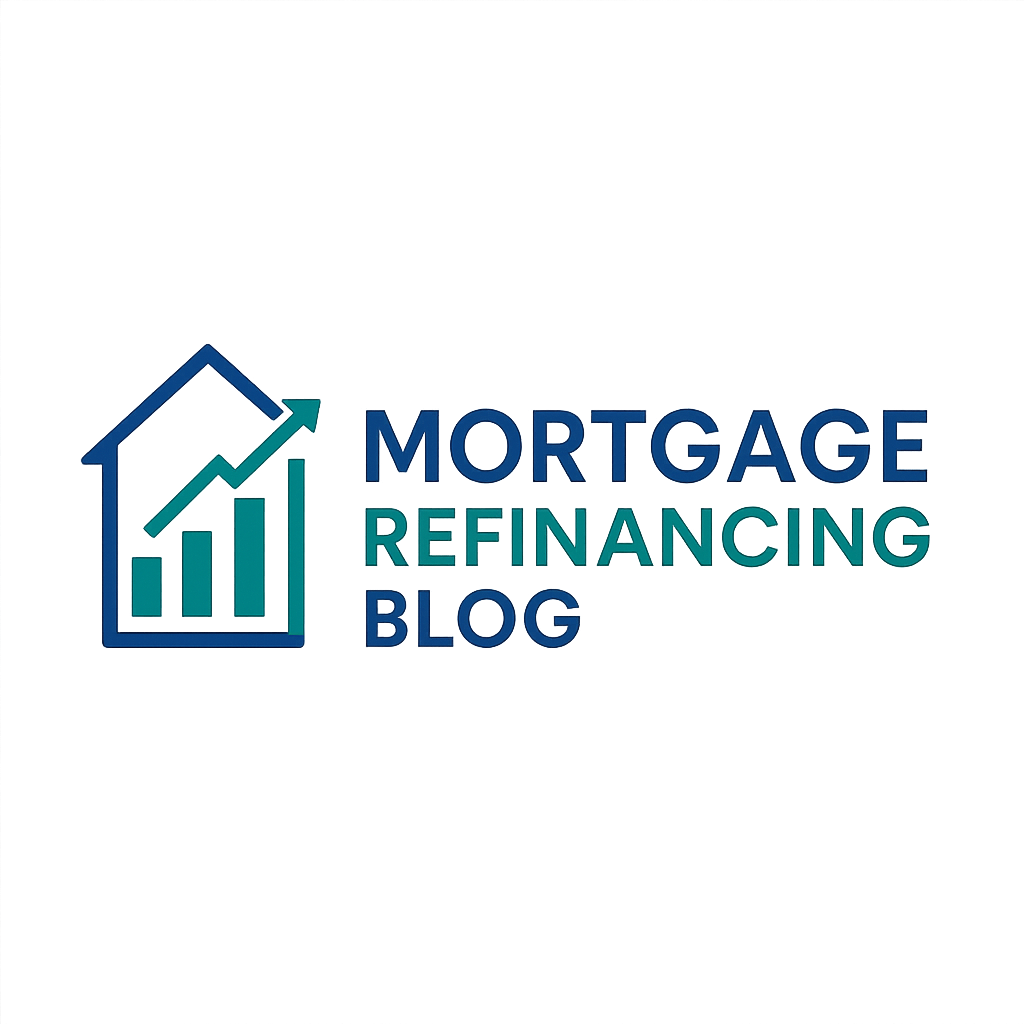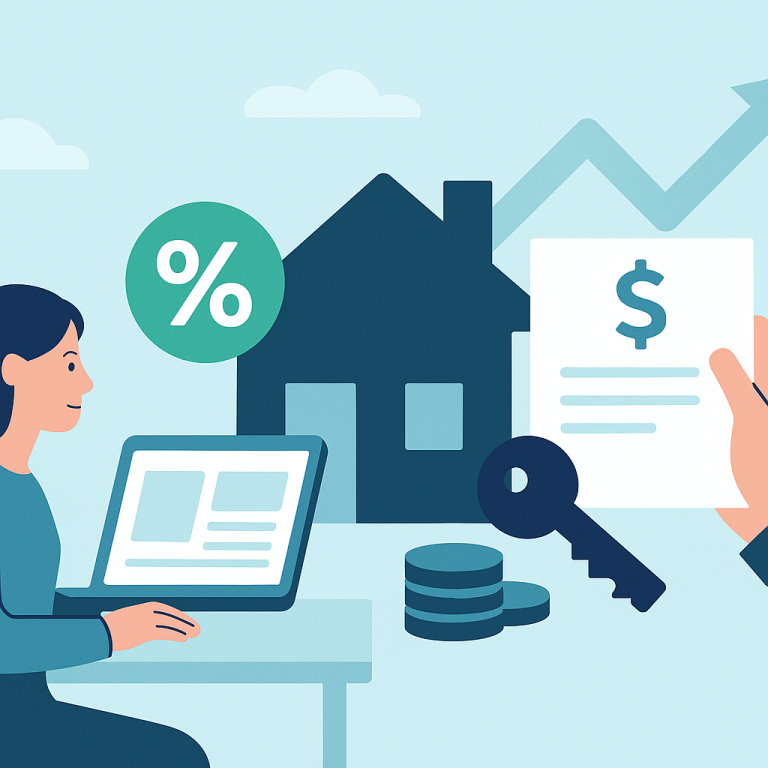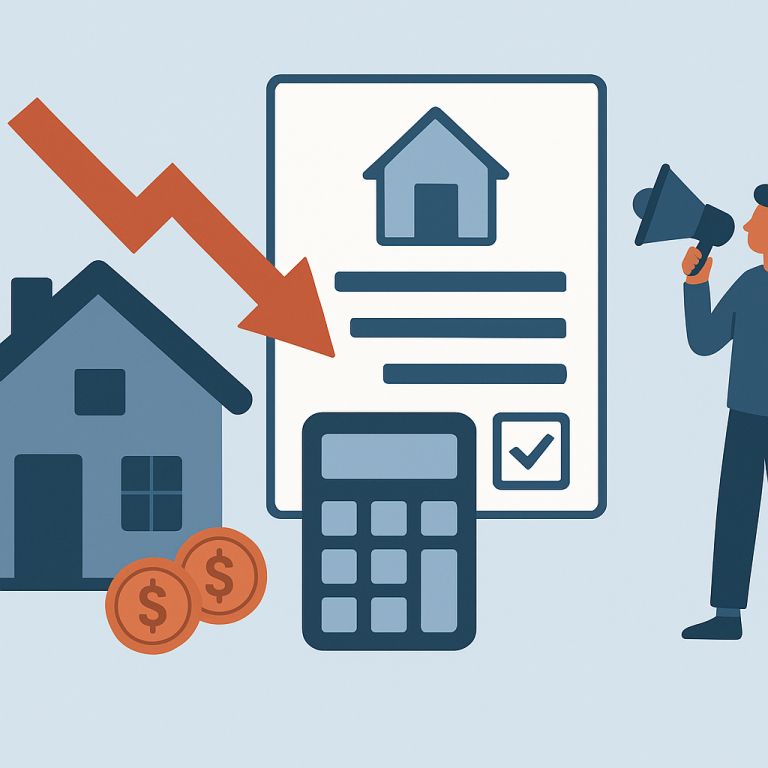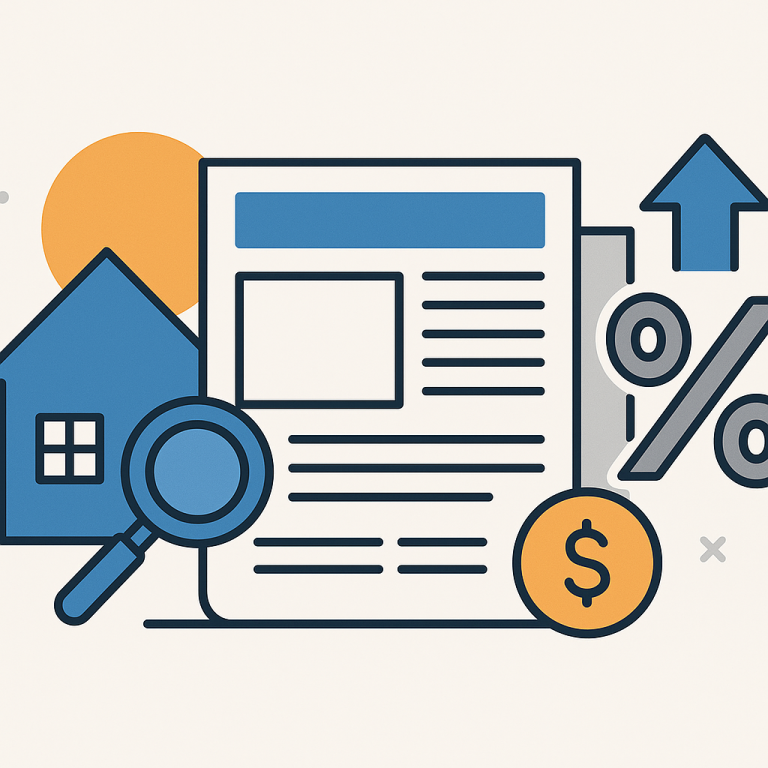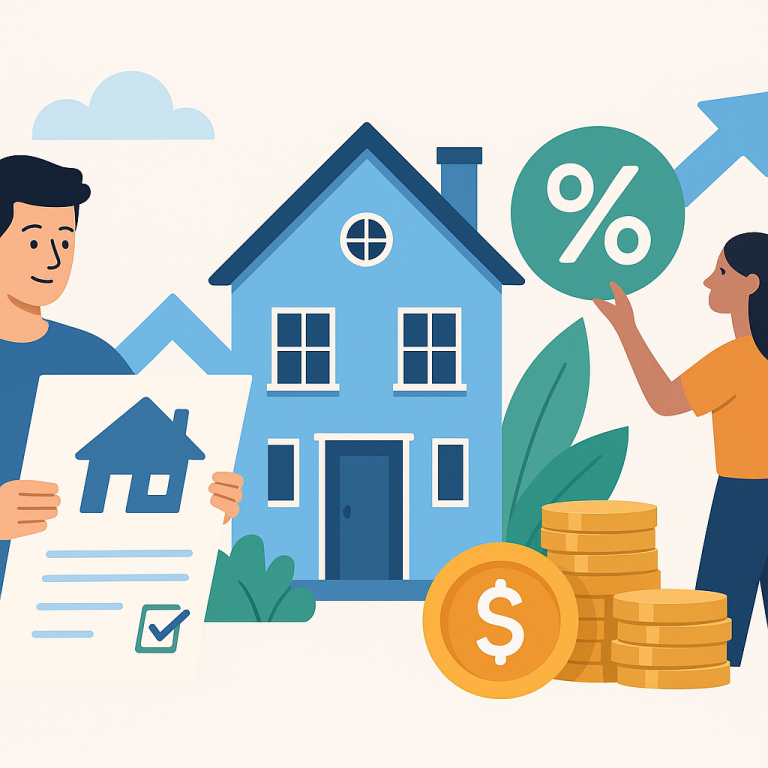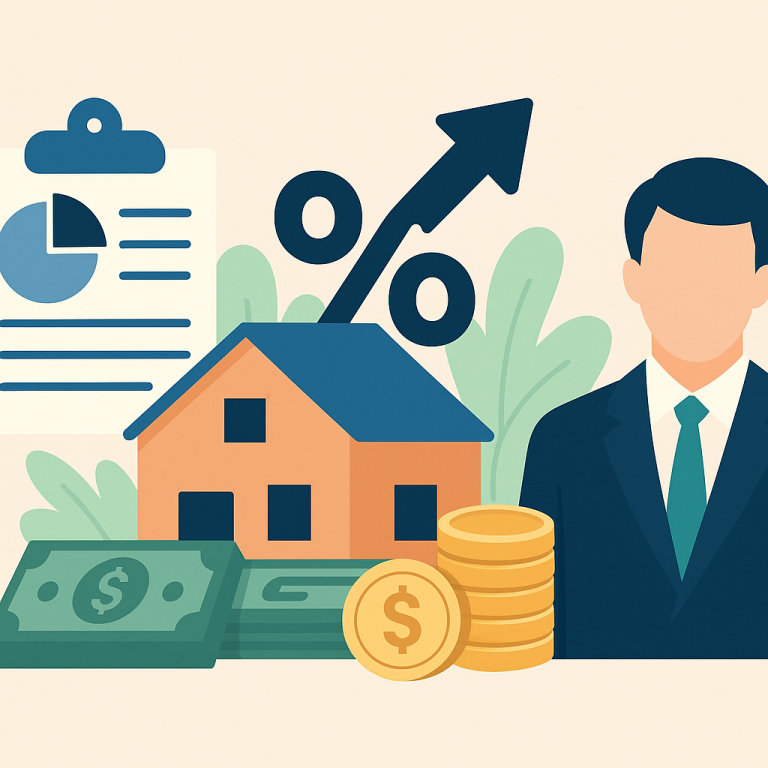Mortgage Refinance Rates: 30-Year Fixed Drop To 3.75% After Fed Minutes
At a glance: The latest mortgage rate drop and how it could affect refinancing decisions.
Mortgage rates have moved lower. That can improve affordability and may reopen refinance options for borrowers whose current rate is above today’s quotes.
What the Rate Drop Means for Borrowers
Mortgage refinancing activity has cooled from the surge seen when rates hit historic lows. With borrowing costs generally higher and the outlook for interest rates uncertain, homeowners are increasingly treating refinancing as a targeted strategy rather than a blanket financial move. The most compelling cases now tend to be homeowners facing expiring adjustable-rate mortgages (ARMs), those carrying significantly higher fixed rates, or borrowers with plans that align with a refinancing payback period.
Why Refinancing Is More Selective
Several market dynamics are influencing the refinancing decision. Interest-rate volatility and tighter lender underwriting have reduced the pool of borrowers who can quickly benefit from a new loan. Additionally, the up-front costs associated with refinancing — appraisal, title, origination and closing fees — mean savings from a lower rate must be sufficient to justify those expenses over the homeowner’s intended stay in the home.
For lenders, profitability pressures and regulatory scrutiny have prompted more conservative loan terms, which can translate into stricter documentation requirements and a longer processing timeline than consumers experienced during the low-rate refinancing rush.
Which Homeowners Should Consider Refinancing Now
Refinancing is most likely to make sense for homeowners in a few specific situations:
- Those with ARMs approaching a reset, where shifting to a fixed-rate mortgage can eliminate future payment uncertainty.
- Borrowers with older mortgages carrying materially higher fixed rates who plan to stay in their home long enough to recoup closing costs.
- Households seeking to tap home equity through a cash-out refinance for debt consolidation or essential home improvements, provided the new loan’s terms align with their financial goals.
What Homeowners Should Do Next
Homeowners weighing a refinance should take a methodical approach. First, calculate the break-even period: divide the total expected closing costs by the monthly savings from a lower rate. Compare that period to how long you plan to remain in the home. If the break-even point is longer than your expected tenure, refinancing may not be cost-effective.
Second, gather documentation early. Lenders are emphasizing income verification and asset checks, so having tax returns, pay stubs and bank statements ready can shorten the approval timeline. Third, shop multiple lenders to compare not just rates but total closing costs, underwriting timelines and customer service responsiveness.
Practical Considerations and Alternatives
If a full refinance isn’t attractive, homeowners can consider alternatives that may achieve similar objectives with lower friction. Options include:
- Rate-and-term refinancing that shortens the loan term without taking cash out.
- Modifying an existing mortgage or inquiring about lender-specific relief programs if payment strain is a concern.
- Using a home equity line of credit (HELOC) for near-term liquidity needs rather than a cash-out refinance.
Timing remains important. Monitoring interest-rate trends and economic signals can help homeowners decide whether to act immediately or wait for more favorable conditions. Working with a mortgage advisor or trusted lender can provide a clearer view of potential savings and timelines tailored to individual circumstances.
Homeowner Takeaways
- Refinancing is now a tactical decision best reserved for clear financial advantages or specific needs like ARM resets.
- Calculate the break-even period and compare it to your plans for the property before committing.
- Shop lenders for total costs and timelines; prepare documentation to speed approval.
- Consider alternatives (HELOC, modification) if a full refinance doesn’t make financial sense.
META: refinancing, mortgage strategy, ARMs, break-even analysis, homeowner takeaways
